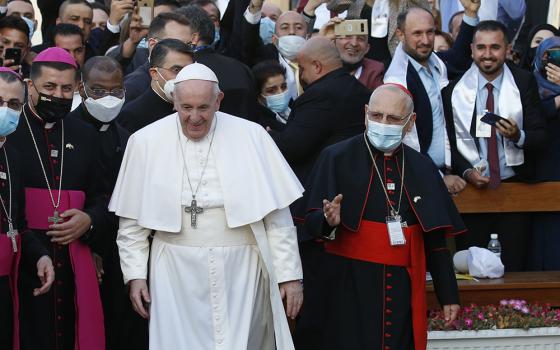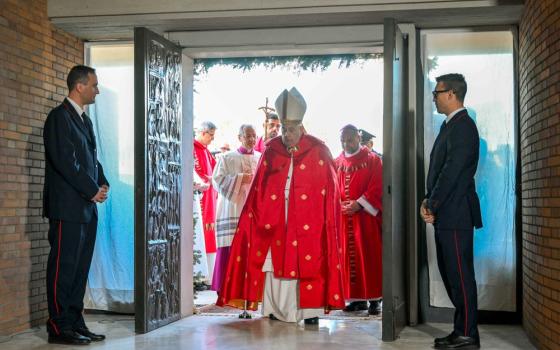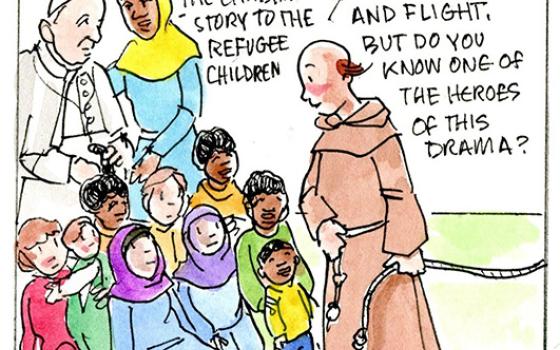Last week, a federal appeals court denied a request from the University of Notre Dame for temporary relief from the contraception mandate imposed by the Department of Health and Human Services. The court did not rule on the merits of the underlying suit.
A friend sent me a note about a statement made by one of the judges. Judge Richard Posner said, “Although Notre Dame is the final arbiter of its religious beliefs, it is for the courts to determine whether the law actually forces Notre Dame to act in a way that would violate those beliefs.” My friend found this a bit scary, a kind of governmental overreach. My friend is wrong. No rights, even the right to religious freedom, is absolute and it is “for the courts to determine whether the law actually forces Notre Dame to act in a way that would violate those beliefs.” The court must determine if such forcing is permissible because the government has an overriding and compelling government interest that cannot be achieved by less burdensome means. This is the essence of the federal Religious Freedom Restoration Act (RFRA).
I am glad my friend raised this issue, however, because as these cases make their way through the courts, as advocates and even bishops casually assert “our First Amendment rights require…,” and as we approach the always exciting “Fortnight for Freedom,” it is important to remember who the culprit is here. Yes, President Obama could have found a way to more easily accommodate religious institutions. But, the real culprit here is Justice Antonin Scalia. It was his decision in Employment Division v. Smith that resulted in the adoption of a federal RFRA.
The First Amendment, like most constitutional articles, must be applied to different situations. Its meaning is not self-evident or static. It could be said that the First Amendment, like other constitutional provisions, means whatever the Supreme Court says it means. And, in Smith, Scalia went further than poor Judge Posner. Scalia said it was not up to the courts to exempt religious organizations from generally applicable rules. He argued that if religions want such exemptions, they should seek them from the legislative branches. Not for the first, or last, time, Mr. Scalia misunderstood the fabric of a democracy. Tethering the vindication of rights we believe are given by God to the most capricious branch of government is not a way to protect those rights, especially for a religious minority. In 1990, Scalia was dealing with peyote smoking Indians. Now, the lawsuits involve Holy Mother Church.
Indeed, one of the concerns you hear raised by religious liberty advocates is that the right to religious freedom is being reduced to freedom of worship. Remember, the peyote was part of an Indian ritual when Scalia denied them their rights. He did not even give protection to worship. I admit the circumstances in that case were a bit odd, but we should remember that Christianity was certainly perceived as odd when it first began to spread.
A recent article at First Things by Roberto Rivera raises doubts about Scalia’s decision but, even more, about the reaction to that decision, and wonders if Scalia was right. In the end, I do not side with Rivera and am less worried about religious freedom being abused than about it being eroded. But, at least he had the courage to acknowledge that these issues are complicated and that they are not given to bumper sticker slogans of the kind we hear far too often.
I do not expect, and I would not applaud, bishops denouncing Justice Scalia from the pulpit. But, when an advocate for religious freedom, bishop or otherwise, denounces Obama and leaves Scalia unscathed, you know that there is an agenda at work and it does not have to do with protecting religious freedom. It is a political and legal agenda. That may be fine for the Becket Fund. It may be fine for GOP presidential aspirants. It should not be fine for the Church.




